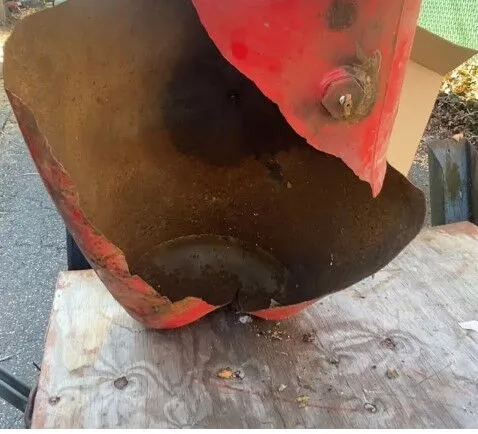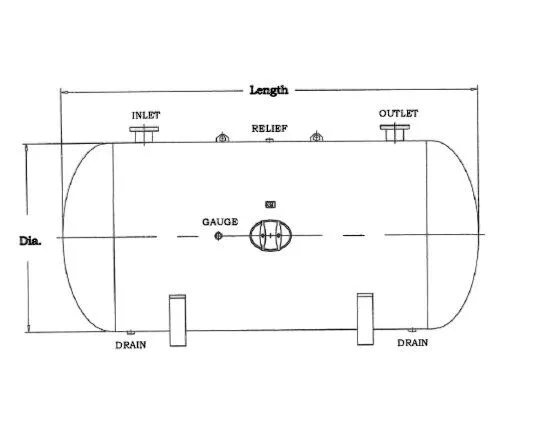Backwashing for Enhancing Quartz Sand Filter Performance
Quartz sand filters are devices that primarily use quartz sand as the filtration medium and are widely used in industrial water treatment systems. They effectively remove impurities such as suspended solids, silt, and organic matter from water, ensuring water quality meets requirements while maintaining the stable operation of the system. The importance of quartz sand filters in the field of water treatment cannot be underestimated, but to keep them running efficiently, regular backwashing...












